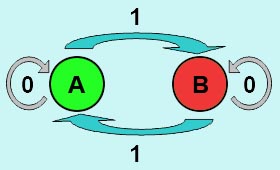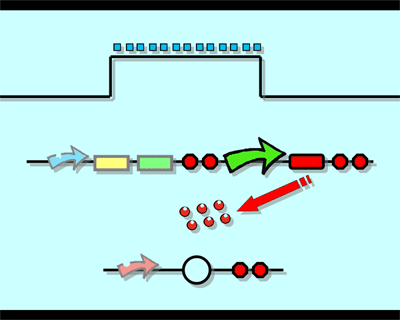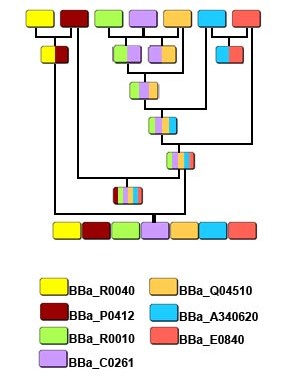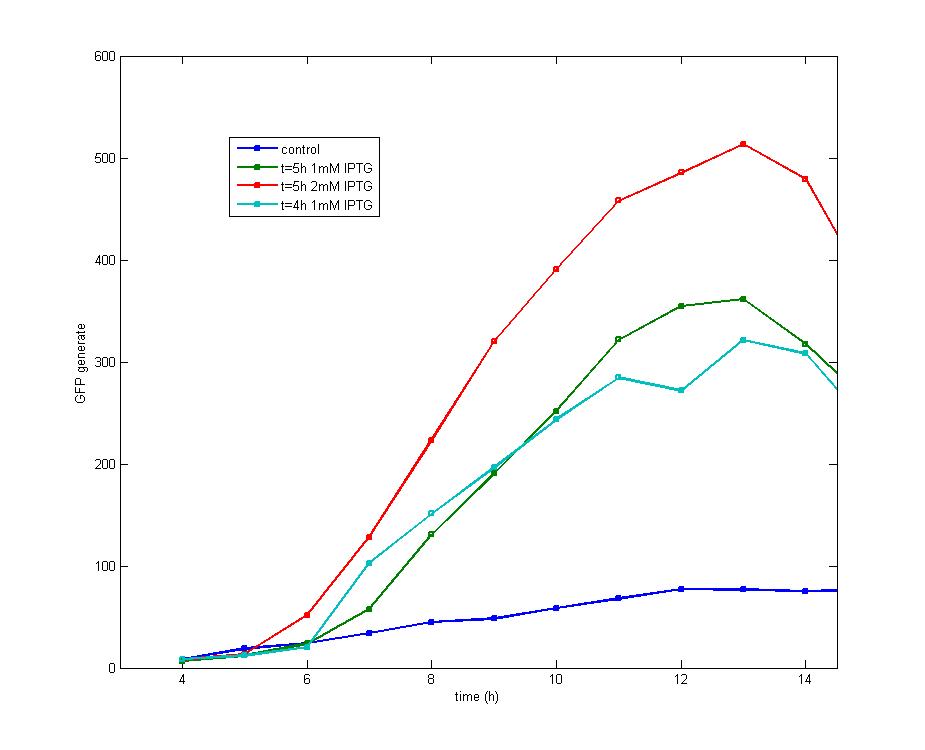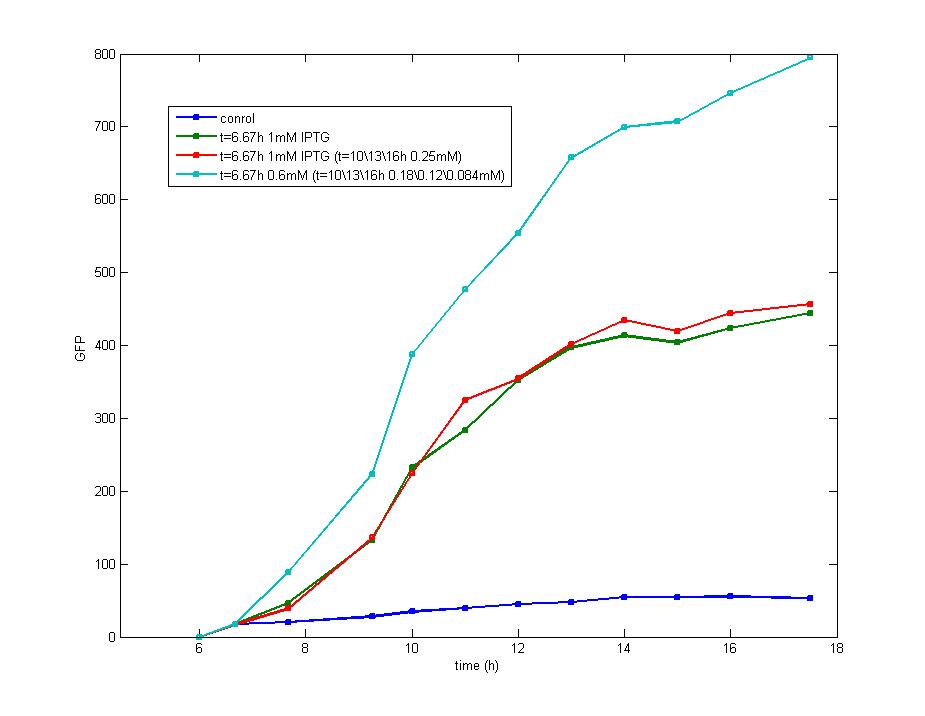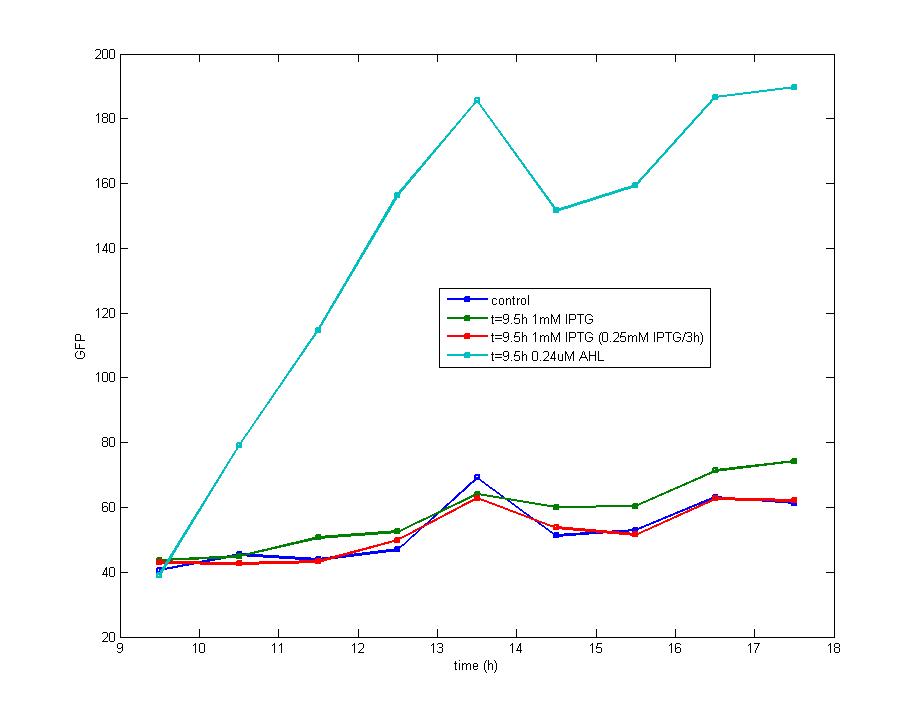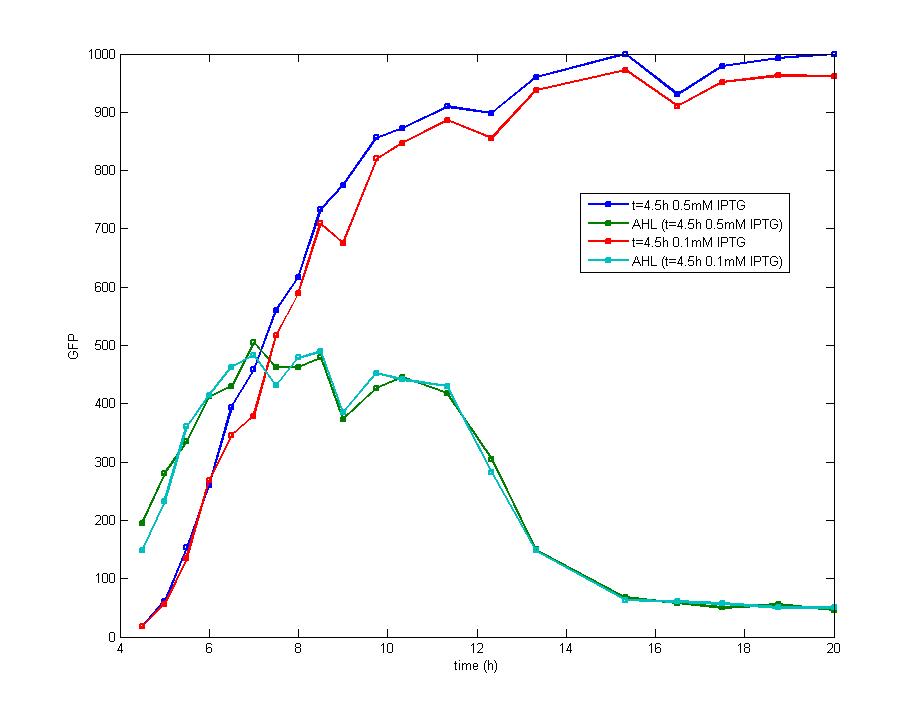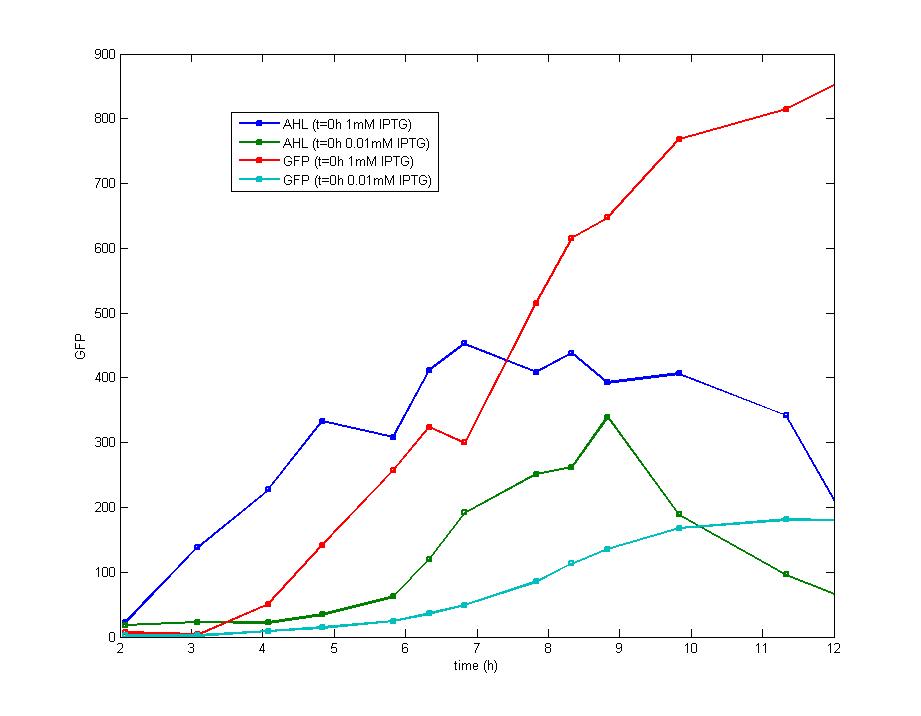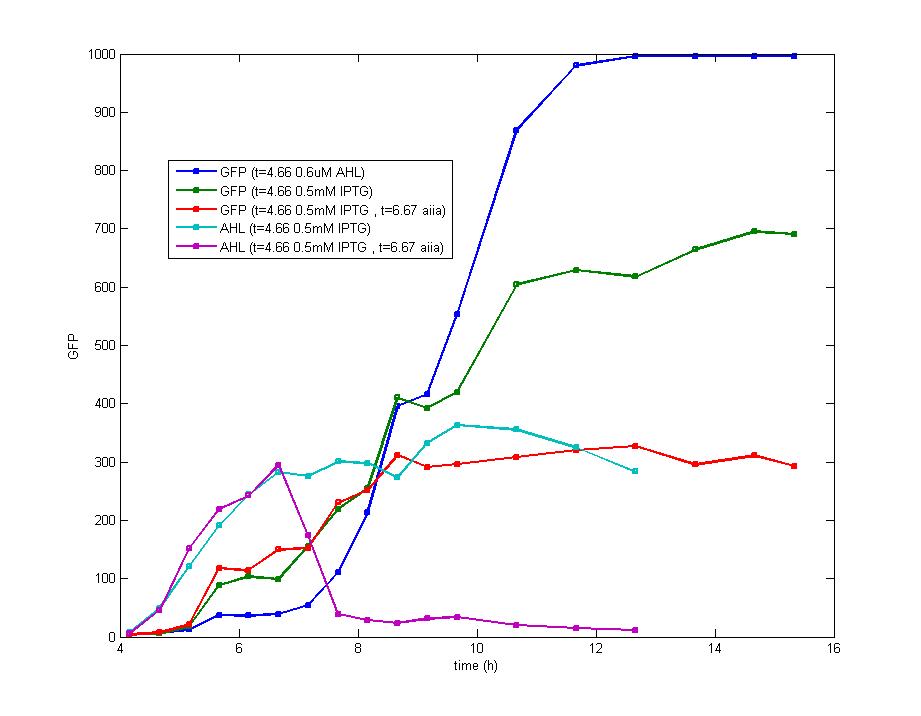Tianjin/FLIP-FLOP
From 2007.igem.org
| Line 41: | Line 41: | ||
<font size="3" color="#0099CC">'''2.''' <font size="3" color="#0099CC">'''Model Result'''</font> | <font size="3" color="#0099CC">'''2.''' <font size="3" color="#0099CC">'''Model Result'''</font> | ||
<br><br> | <br><br> | ||
| - | <font size="3" color="#0000CC">2.1 <font>[[Tianjin/FLIP-FLOP/Model11|<font size="3" color="# | + | <font size="3" color="#0000CC">2.1 <font>[[Tianjin/FLIP-FLOP/Model11|<font size="3" color="#0000CC">Model of the whole system</font>]] |
<br><br> | <br><br> | ||
| - | <font size="3" color="#0000CC">2.2 <font>[[Tianjin/FLIP-FLOP/Model2|<font size="3" color="# | + | <font size="3" color="#0000CC">2.2 <font>[[Tianjin/FLIP-FLOP/Model2|<font size="3" color="#0000CC">Change the degradation speed of AHL</font>]] |
<br><br> | <br><br> | ||
<font size="3" color="#0000CC">2.3 <font>[[Tianjin/FLIP-FLOP/Model3|<font size="3" color="#0000CC">parameter sensitivity</font>]] | <font size="3" color="#0000CC">2.3 <font>[[Tianjin/FLIP-FLOP/Model3|<font size="3" color="#0000CC">parameter sensitivity</font>]] | ||
Revision as of 13:33, 26 October 2007
DesignFlip-Flop, a huge family of basic electric elements, is widely applied to the field of electric circuit and construction of database. One of the most common member of this family is RS Flip-Flop, the key part of which is a clock-controlled element.Based on the conception of "Flip-flop" and synthetic biology, we designed the Genetically RS FLIP-FLOP whose output signal(Green Fluorescence) is regulated by additional input signal( the addition of IPTG). Besides this, we modulate the performance of Genetically RS FLIP-FLOP to optimize our original design. 1.Introduction to the logic rules of our flip-flop
The logic principle of our design is shown above. Unless the input signal transfer from one stable condition to another ( such as 0 to 1 or 1 to 0), the output signal would change into 1, otherwise it would maintain 0. Thus, the immediate response to emergency (input change) enables our design to detect signal variation in a short time, which is beneficial for process control because of its time-saving character.
| |||
ModelingBased on Ordinary Differential Equations, we construct the Mathematical Model of our flip-flop system to test the result of our design and predict potential key factors deciding the results of our experiment. According to the model,the variation of output signal responding to the input signal matches the typical feature of flip-flop,there would no output signal only at the positive edge and negative edge of the input signal. The influence of AHL to the output signal is also considered. By changing the degradation speed of AHL, the fluoresence intensity exhibit different behaviour which could be explained by principles of flip-flop. Finally, the parameter sensitivity is also tested to explore most significant parameter to output signals and it is discovered that the strength of promoter I, which controls the production of LuxI, the promoter II, which controls the expression of LuxR, exert great effect on the final results. 1. Construction of Mathematical Model
| |||
Experiment1.Ligation Strategy and Parts Reservoir
Consider the significance of IPTG impulse as the input signal, we designed a series of experiment
to search for most suitable condition to produce legible output signals, including the concentration of IPTG
(high and low input signal), the time point for addition( exponential phase and stationary phase) and
supplement of IPTG.The optimal plan is to add 0.5mM IPTG during the early exponential phase of E.coli cells, and the output signal together with other parameters have been summarized on the same graph which proves that every part of our device works as well as we expected. The slow degrading rate of Green Fluorescence Protein leave our device some space to improve to achieve a more desirable result.
|
